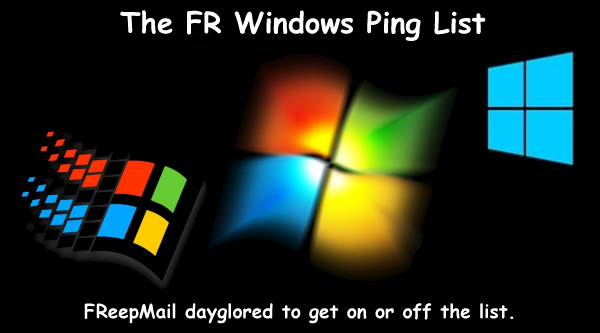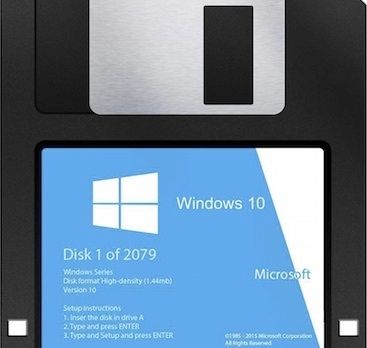 |
 |
|---|
IPv4, with NAT technology, solved the problem of "not enough IP addresses" because not all devices have to have unique public IPs. The push for IPv6 -- at this point in time -- appears to me to be that somebody WANTS every IoT device to have a unique public IP because they want to be able to talk to it directly, to PUSH things to it whether it wants them or not.
My refrigerator? My coffee maker? My pacemaker implant? I DON'T THINK SO.
I'm very happy behind my NAT, thank you.
YMMV.
 |
 |
|---|
I have been running a dual stack IPv4 and IPv6 stack on my home network. I run IPv4 for the windows machines and IPv6 for my Linux Mint boxes. I have been set up this way for over two years now.
I constantly have problems with the windows machines. I hardly ever have a problem with the Linux boxes.
From what I’ve heard, Windows 10 is spyware.
I have an Android phone.
On T-Mobile's network, it has an IPv6 address (and a high transfer rate). On my Verizon FiOS LAN, it has an IPv4 address (and a high transfer rate).
Other than battery drain (high on WiFi, low on LTE), I can't tell the difference. ...
Sound like Microsquish needs to get its act together.
Microsoft needs to eat it’s own sludge.